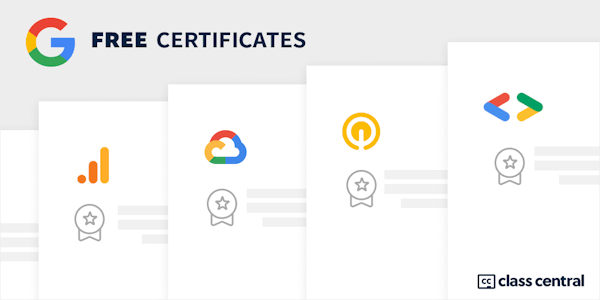Google Workspace Mail Management is the fourth course in the Google Workspace Administration series. In this course you will learn how to protect your organization against spam, spoofing, phishing and malware attacks. You will configure email compliance and learn how to implement data loss prevention (DLP) for your organization. You will gain an understanding of the mail routing options available and learn how to allowlist and block senders. You will also become familiar with other mail options such as inbound and outbound gateways, 3rd party email archiving, and journaling to Vault.
Overview
Syllabus
- Google Workspace Mail Management
- Welcome
- Exercise #1 - Prepare your Google Workspace domain
- Domain Name System (DNS) records
- DNS records used by Google Workspace
- Exercise #1 - Sign into your domain registrar
- Exercise #2 - Review your MX Records
- Exercise #3 - Review your DNS Settings with Check MX
- Domain Name System (DNS) records
- Email security
- Exercise #1 - Authorize senders with Sender Policy Framework (SPF)
- Exercise #2 - Authenticate with DomainKeys Identified Mail (DKIM)
- Exercise #3 - Manage spam with Domain-based Message Authentication, Reporting, and Conformance (DMARC)
- Enhancing email security
- Email safety and end-user access
- Exercise #1 - Configure email safety
- Exercise #2 - Configure end user access
- Email safety and end-user access
- Preventing of spam, phishing, and malware
- Exercise #1 - Create an email allowlist and a blocked sender list
- Exercise #2 - Create an approved sender list
- Preventing of spam, phishing, and malware
- Compliance
- Exercise #1 - Create a content compliance rule
- Exercise #2 - Create an objectionable content rule
- Additional compliance controls
- Compliance
- Mail routing
- Exercise #1: Configure split delivery
- Mail routing controls
- Mail routing
- Course recap
- Course resources
- Your Next Steps
- Course Badge

